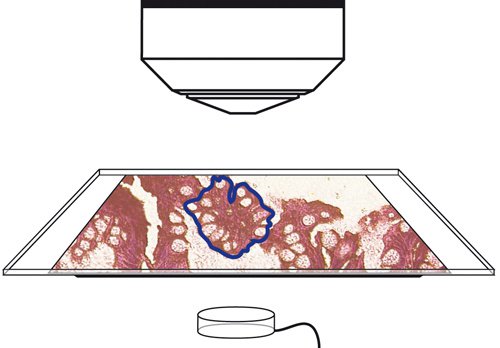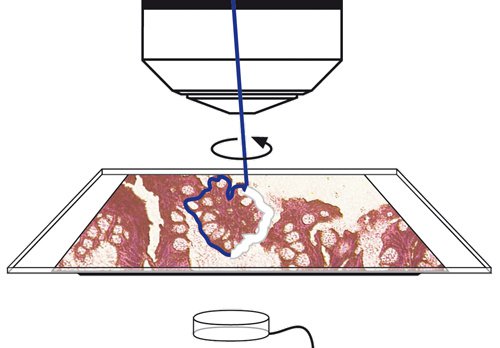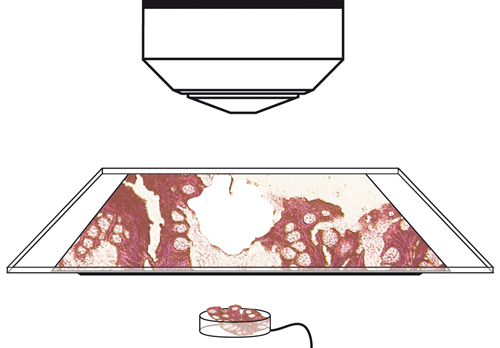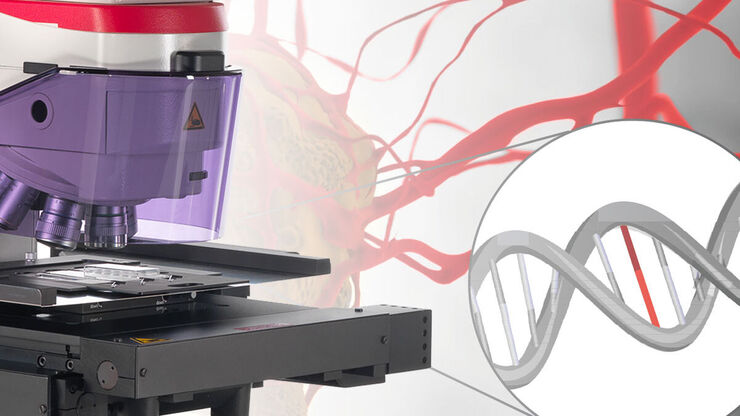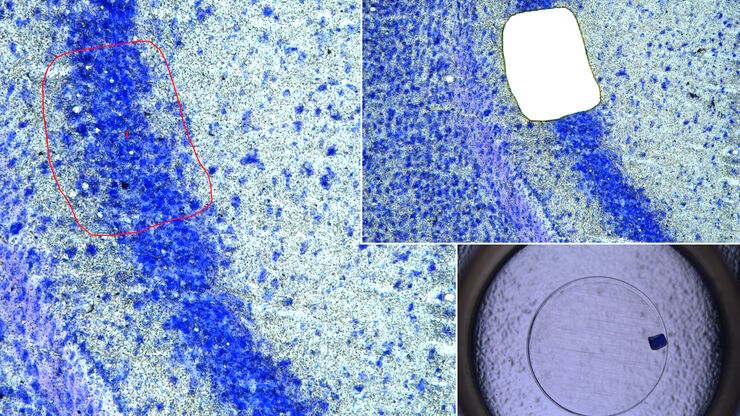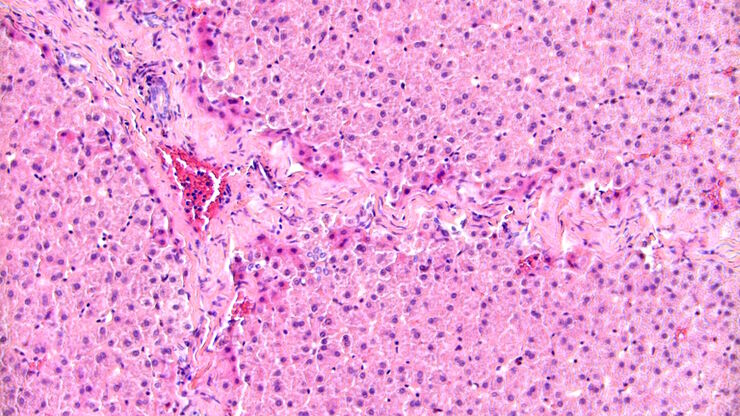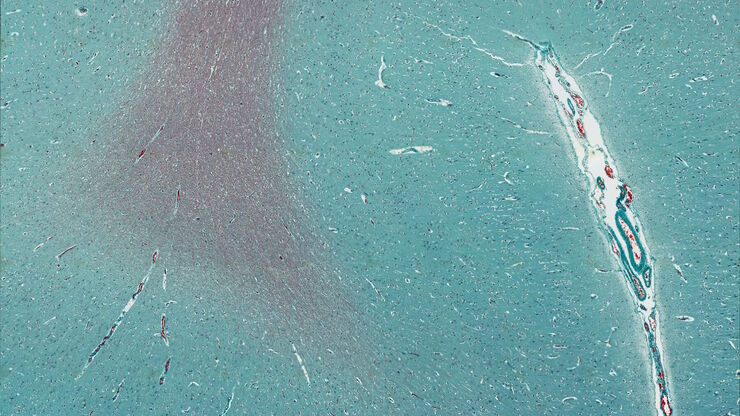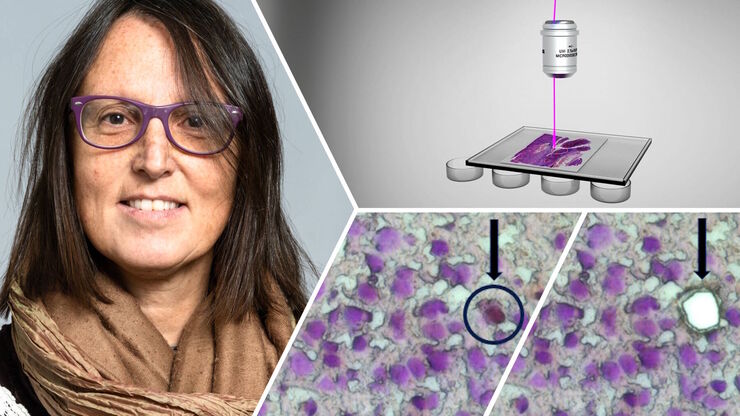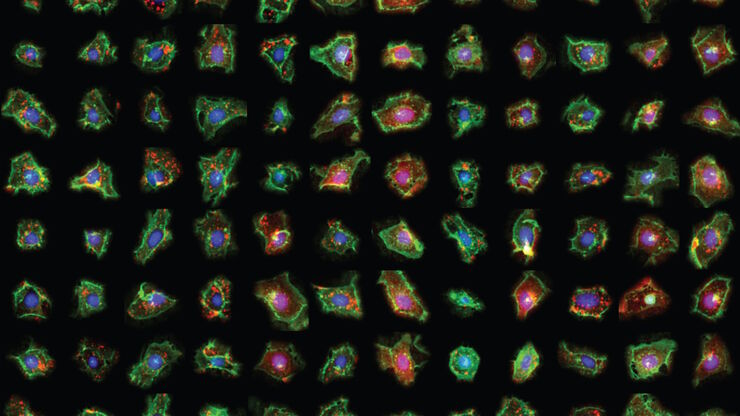Perfektion der Dissektion
Laser-Mikrodissektion ist das Werkzeug ihrer Wahl für laserbasierende Probendissektion und Probensammlung.
- Steuerung des Laserstrahls über Prismen – Äußerste Genauigkeit und Schnittgeschwindigkeit
- Probensammlung durch Gravitation – Kontakt- und Kontaminationsfrei
- Spezielle LMD Objektive – für größte Laserstärke/- transmission
- Einstellbarer Laser – schneiden von dicken, dünnen, weichen & harten Präparaten
Kontaktieren Sie uns
Kontaktieren Sie unsere Spezialisten für Ihre Laser-Mikrodissektion-Lösung.

